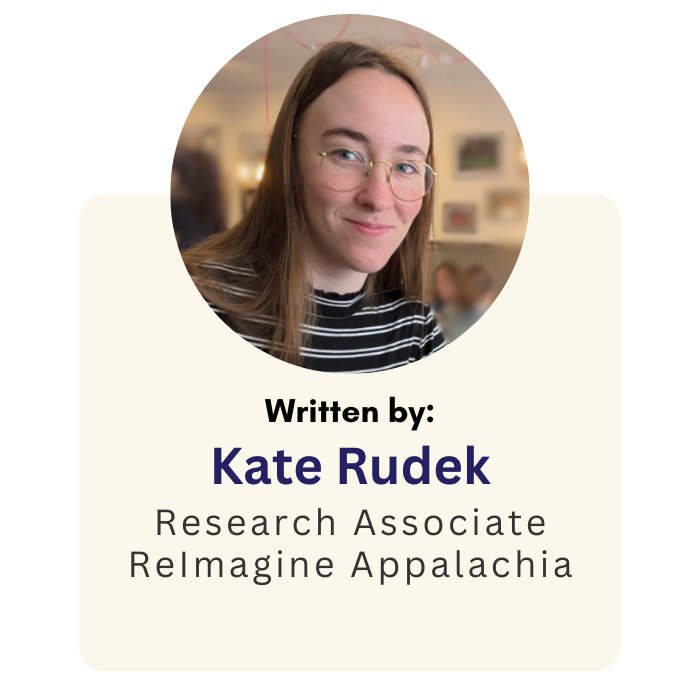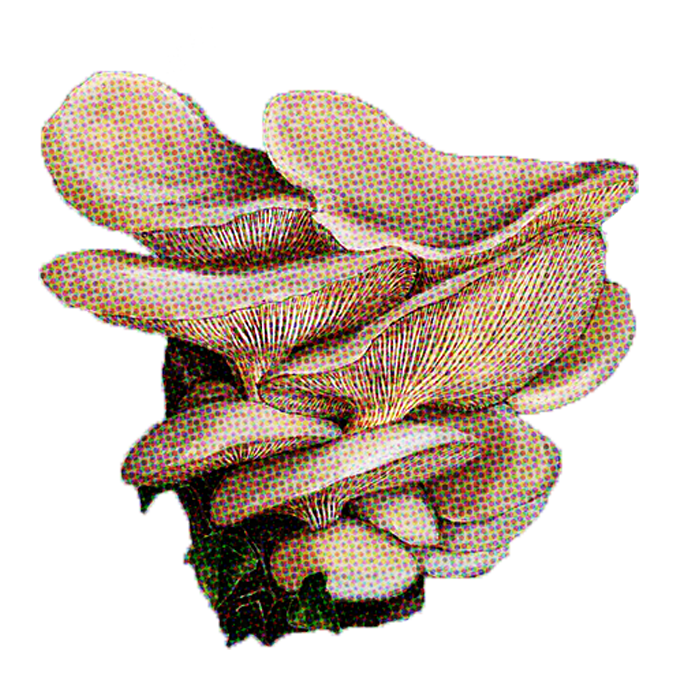What Is Plastic?

By its most basic definition, plastic is simply a material made of polymers (chains of repeating molecules) that can be molded into different shapes under heat or pressure. The word carries the weight of additional connotations today. When we hear ‘plastic,’ a number of images likely spring to mind: plastic cutlery, plastic packaging, plastic toys, containers, and microbeads, microplastics, the omni-present plastic grocery bag. It is everywhere, and it is nearly impossible to avoid, and it keeps piling up. Plastic has come to mean something that lasts forever and something that contributes to world-wide environmental pollution despite consumers’ efforts to recycle.
But if we can step back and remember the history of the plastic industry, we might be able to see a path forward to a bioplastics future that will allow us to create products that ensure the sustainability of our planet and our local communities.
It is important to acknowledge that the industry we know today developed through partnerships forged between petroleum, chemical, and plastics companies in the first half of the 21st century. These partnerships were formed to turn waste products from fossil fuels into plastics. This practice is still happening today. Recently, ethane cracker plants have opened around the country, including in Beaver County, PA, to process ethane created during fracking into the ethylene needed for polyethylene plastic. While these large industrial operations bring jobs to communities, they also bring health and environmental concerns as well as the potential for another boom and bust industry that leaves local economies vulnerable.
Fossil-based plastics have been the default for the past fifty years, but bio-based bioplastics present another effective option. Through bio-based innovation and new partnerships, we can reimagine the industry to embody the full potential of plastic’s original expansive definition.
The Rise of Bioplastics
While the proportion of bioplastics to fossil-based plastics is still small, bioplastics are growing at a very fast rate. By 2028, global bioplastic production is expected to be more than double the 2024 production totals. The rapid growth of the bio sector can be attributed to increased demand as plastic pollution is highlighted as an international priority.
The term bioplastic can be used for several different categories of plastics, but they are often made from bio-based sources. Some are also biodegradable, meaning they can break down into harmless subunits to rejoin the natural ecosystem under the right conditions. A major benefit of bioplastics is that they diminish pollution at the start of their life by reducing reliance on limited fossil-fuel resources. Compared to non-biodegradable plastics which can take centuries or longer to break down, the biodegradable bioplastics can also lessen pollution at the end of their lifecycle if they are placed in the required conditions to biodegrade. Given the potential for growth and high public demand, this seems like an ideal time for Appalachia to build on its manufacturing strengths to establish itself as a hub for bioplastics that benefit local economies and environmental health.
Graphic produced by a mentimeter poll at the October 10, 2024 listening session on Manufacturing Alternatives to Single Use Plastics (https://reimagineappalachia.org/the-make-it-in-appalachia-series-presents/)
On October 10, 2024, ReImagine Appalachia hosted “The Make It In Appalachia Series: Manufacturing Alternatives to Single-Use Plastic,” a virtual listening session to discuss the prospect of bioplastics in Appalachia. As the mentimeter poll shows above, there was a lot of excitement around sustainable plastics production. Participants at the event pointed out a number of strengths that make Appalachia uniquely suited to becoming a hub for the bioplastics industry, such as Appalachia’s strong workforce, pre-existing infrastructure, central location, and previous experience with plastics production.
Grow it in Appalachia, Make it in Appalachia
Appalachia’s agricultural footprint means bioplastic feedstock, the raw materials that go into the product, can also be grown and processed in the region in addition to manufacturing. Locating the whole bioplastic supply chain within Appalachia would reduce transportation times, increase efficiency, and create many new sustainable jobs that would root wealth in local communities.

Bioplastic Feedstocks
Bioplastics can be made from a range of bio-based sources. The sugars and starches from crops like corn and hemp grown in the region could be harvested for biomaterial production. Concerns have been raised around using arable land to grow crops for non-food products, so there are other options that may be more widely accepted. A promising bioplastic feedstock that does require arable land is unavoidable food and agricultural waste. Every year, large amounts of food and other plant materials such as used coffee grounds, unsold, expired food, and corn husks (just to name a few) are wasted. These materials can be gathered and used to make bioplastics, addressing both issues at once. Algae, which can be cultivated in tanks of waste water, is another bioplastic feedstock option, and mycelium (the roots of mushrooms) can be grown into custom-shaped packaging.
Image from Ecovative Design. Check out Ecovative’s work with mycelium packaging here!
Bioplastic Products
When designing plastic products, the form should match the function. In other words, the whole lifecycle of the product should be considered in the design phase. Biodegradable bioplastics are a great material choice for items like single-use food and product packaging that are only needed for a short period of time.
While the current cost of bioplastics is higher than conventional fossil-based plastics, costs are expected to drop as bioplastics become more widespread. A speaker at ReImagine Appalachia’s listening session made the point that proper product design is especially important at this early stage of the industry’s development to build the public’s trust in the performance and function of new bioplastic materials. Positive public opinion of products will help increase bioplastic adoption. Many bioplastics are also being formulated to make use of pre-existing machinery to ease the transition to bioplastics and lower switchover costs for manufacturers.
Considering Larger Systems to Create a Functioning Circular Economy
The solution to our global plastic pollution problem must be multi-faceted. It will likely involve bio-based biodegradable bioplastics for items with intentionally short use times, but it may also make sense to keep making non-biodegradable (bio)plastic for products that are meant to last a long time such as construction materials. An effective post-use plastic management system will also be essential, as the recycling system today is not functioning at optimal efficiency. Every year, a shockingly low amount of plastic is successfully recycled. In 2021, for instance, 51 million tons of plastic waste was produced in the US, and only 2.4 million tons (or about 5%) of it was recycled. On top of that, the recycling process can degrade plastic and it is often considered cheaper to use new feedstock, so recycling is not the miracle solution it is often touted to be.
The circular economy refers to a system in which products otherwise designated waste are reused and repurposed instead. We can learn from the downfalls of the current plastic and recycling system to do better in the future and bring about this circular vision. Designing and manufacturing high performing bioplastics is only part of the equation. The real key to a successful bioplastic industry will involve proper collection to get the bioplastics to the conditions they need to properly biodegrade, so they do not end up creating more of the pollution they were meant to prevent.
Some of the challenges within the bioplastics industry are big, but the rapid growth of bio-based innovation shows that businesses, consumers, and even governments are serious about making a change. Appalachia is uniquely situated to position itself at the center of this movement to expand our collective image of ‘plastic’ and create the sustainable bioplastic products of the future.
Keep an eye out for the forthcoming Make it in Appalachia white paper on Bioplastics Production in Appalachia to read more and continue the conversation about these opportunities.
Notes:
Miriam Webster, “Plastic Definition,” Accessed November 2024. https://www.merriam-webster.com/dictionary/plastic.
Science Museum, “The Age of Plastic: From Parkesine to Pollution,” October 2019. https://www.sciencemuseum.org.uk/objects-and-stories/chemistry/age-plastic-parkesine-pollution#:~:text=The%20invention%20of%20plastic&text=Animal%20horns%2C%20malleable%20when%20heated,incised%20and%20carved%20decoration%20horn.
Read FAQ’s about ethane crackers: The Allegheny Front, “Frequently Asked Questions about Ethane Crackers,” Accessed November 2024. https://archive.alleghenyfront.org/story/frequently-asked-questions-about-ethane-crackers.html.
Read more about the ethane cracker in Beaver County: Kiley Bense, “Beaver County residents say Shell’s ethane cracker plant has become a ‘shockingly bad’ neighbor,” Pennsylvania Capital-Star, May 2024. “https://penncapital-star.com/energy-environment/beaver-county-residents-say-shells-ethane-cracker-plant-has-become-a-shockingly-bad-neighbor/.
Beth Gardiner, “Amid Hopes and Fears, a Plastics Book in Appalachia Is On Hold,” Yale Environment 360,April 13, 2022. https://e360.yale.edu/features/plans-to-make-appalachia-a-plastics-hub-face-growing-hurdles.
Jan-Georg Rosenboom, Robert Langer, and Giovanni Traverso, “Bioplastics for a circular economy,” Nature Reviews Materials, January 2022. https://doi.org/10.1038/s41578-021-00407-8.
European Bioplastics, “Bioplastics market development update 2023,” Accessed November 2024. https://www.european-bioplastics.org/market/#.
Read about the The Intergovernmental Negotiating Committee’s work to end plastic pollution: UN Environment Programme, “Interngovernmental Negotiating Committee on Plastic Pollution,” Accessed November 2024. https://www.unep.org/inc-plastic-pollution.
Tanya Brooks. “New Greenpeace Report: Plastic Recycling Is A Dead-End Street—Year After Year, Plastic Recycling Declines Even as Plastic Waste Increases,” Greenpeace, October 2022. https://www.greenpeace.org/usa/new-greenpeace-report-plastic-recycling-is-a-dead-end-street-year-after-year-plastic-recycling-declines-even-as-plastic-waste-increases/.
Sarah Deweerdt, “Why It’s So Hard to Recycle Plastic,” Scientific American, January 2023. https://www.scientificamerican.com/article/why-its-so-hard-to-recycle-plastic/#:~:text=Even%20with%20diligent%20sorting%2C%20recycled,collect%20more%2C%E2%80%9D%20she%20says.
